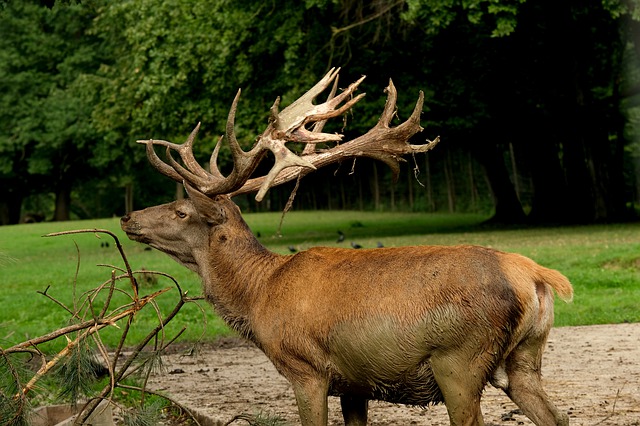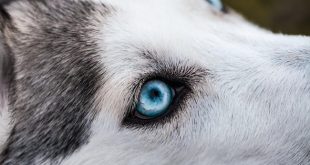Sure, you have seen them, but how much do you really know about them? Deers are majestic creatures, one of a kind in the nature. And if you don’t know much about them, don’t worry. Here are some interesting deer facts:
- It might be interesting to you to know that fawns are born with four teeth. After that, their teeth will continue to grow.
- When they’re about one and a half years old, they should have all of their teeth that function as an adult’s would. This has proven very useful to experts who can now determine how old a fawn is by examining the formation of their teeth. They also have spots in their fur (like Bambi) which disappear as they get older.
- Even though we call them deer no matter what age or sex they are, deer do have gender and age-specific names. Adult male deers are called bucks, females are called does while the young deer are called fawns.
- We also often mistakenly say deers when referring to multiple deer but the right way to say it is just deer – it’s a plural.
- Deer live everywhere in the world except in Australia and Antarctica. This is interesting to experts and scientists because it’s not clear why there are no deer in Australia. Antarctica makes sense, on the other hand, because of the cold.
- Deer are the only animals in the world that have antlers. Moose have the largest antlers of any other animal in the species and they are covered with velvet.
- Reindeer are the only member of the species where both the male and the female have the antlers and there are more than 60 species of deer identified on Earth to date.
- No matter how majestic, the antlers can often be dangerous to deer because they get stuck with other deer antlers, barb wires and so on. If a deer can’t get unstuck, they can die of thirst and hunger.
- Deer fur shades vary from light to medium brown. While this is the most common kind of deer, there are also white stags, usually described in movies and cartoons as magical and mythical. A stag can have white fur if they have a condition called leucism which can cause the hair and skin to go white which is probably where the folklore storytellers got the idea. When someone does spot a white stag, they don’t report it because of poachers who could exploit them.
- If you are wondering what the largest deer ever was – here it is: it was the Irish Giant Deer which went extinct 11 000 years ago. It was 7ft tall at the shoulder and its antlers could span 12 ft or almost four times the width of a single bed.
- “The length of an average deer pregnancy will depend on the size of the species. The larger the species the longer the gestation. But, it also depends on where they live. For instance, deer in the warmer areas mate all year round,” says Anabell Foster, a nature blog editor at Essay Writing Services.
- A fawn can walk half an hour after being born which is a truly amazing thing in the world of nature. This is most likely due to fawns not having any kind of smell when they are born which keeps them safe from predators.
- Deer have a four chambered stomach which allows them to chew the cud as well. This means that they partially chew food, regurgitate it and chew it again.
- Deer are excellent swimmers and jumpers – they can jump 10 ft high.
- Deer eyes are on the sides of their head and this is the reason they have a 310 degree vision while humans have 180 degree vision. They also have an excellent night vision which is useful at dusk and dawn when they show the most activity.
- There is a species of deer with fangs, it’s the Chinese water deer.
- Does can not only hear and respond to cries of their own babies but also the cries of babes from various species like cats, dogs and humans. This shows that distress calls of babies in the mammal group share elements across species.
- There is a species of deer in Germany which never cross the border where the Iron Curtain once stood even though the physical border disappeared a long time ago.
- Deer antlers are the fastest growing tissue in the world.
- Some trees can sense that deer are trying to eat them because they recognize deer saliva and then they produce acids that make them taste bitter and deer don’t eat them.
These have been some of the most interesting facts about deer. Hopefully, you were able to learn something new and appreciate these animals more.
 World inside pictures Collect and share the best ideas that make our life easier
World inside pictures Collect and share the best ideas that make our life easier








